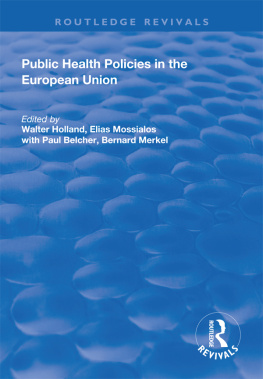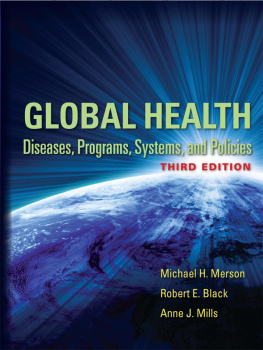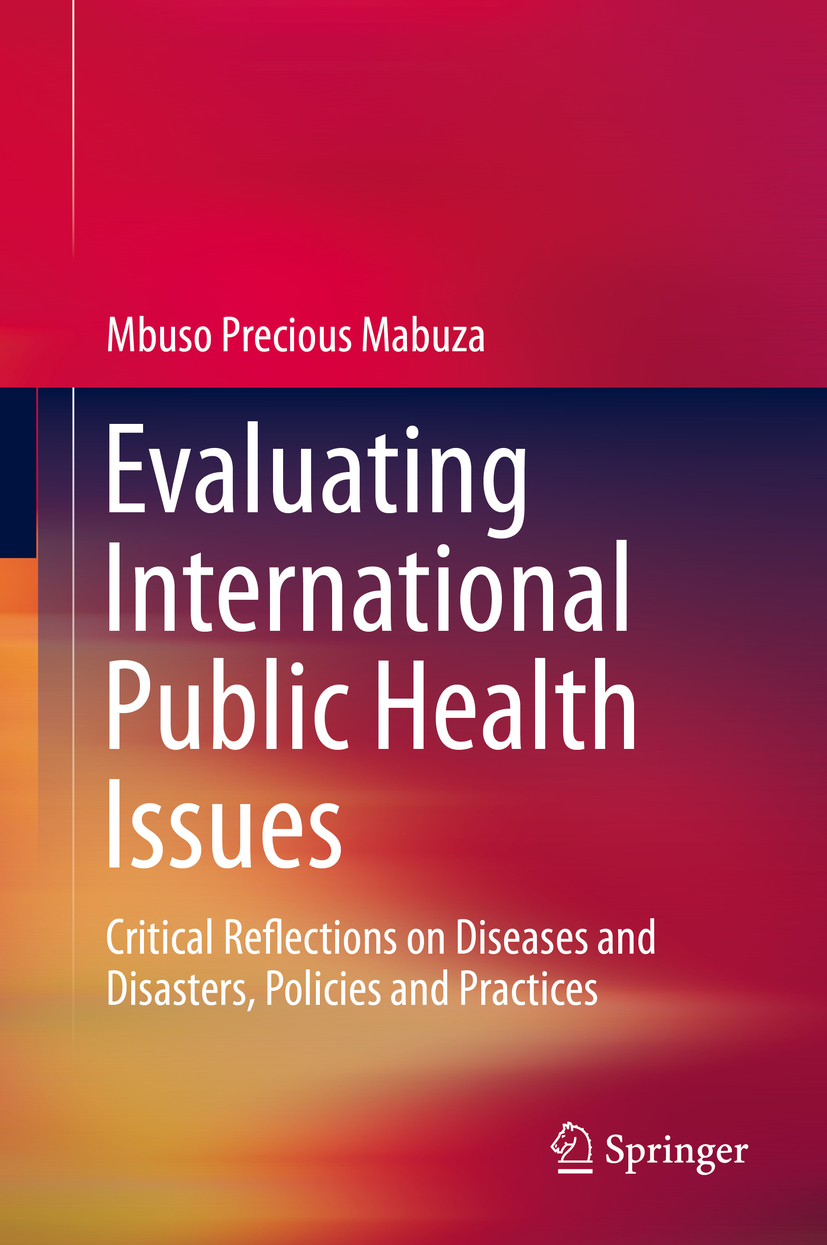Health is a state of complete harmony of the body, mind and spirit. When one is free from physical disabilities and mental distractions, the gates of the soul open . ( BKS Iyengar )
In any society, the survival of human beings is determined by bridging factors within the healthcare environment. The dynamics of culture is one factor that is dominant in this equation where it is seen as the way of life of a particular group of people, especially as shown in their ordinary behaviour and habits, their attitudes towards each other and their moral and religious beliefs. It should be borne in mind that individuals within a culture have basic needs to satisfy and their higher-order needs will only be addressed if the situation and circumstances are conducive. The economic environment is shaped by the gross national income per capita which is determined by income growth, inflation, exchange rates and population change which guide the level and quality of existence of individuals. It is against this background where policy and programme challenges in low-, middle- and high-income countries have to function and address the concerns of all the role players on the healthcare stage.
The health sector can be placed in the framework of a revised economic model where there is careful management of wealth (finance, funding) and resources (employees, clients and facilities) and a concerted effort is made to avoid waste through careful planning and thrifty use of all the elements. The factors contributing towards the efficiency of a revised health sector economy are in the first instance labour represented by intellectual contributions, including experience in and out of education , training, skills and natural abilities. In order to remain competitive, health places a premium on the care providers who bring these soft skills to the workplace . Many of the advances in the world today are the result of the application of intellectual human resources. In South Africa, however, this is translated in a negative sense where the general public is increasingly becoming disillusioned with the poor clinical quality of care in many public health sector clinics and hospitals.
There is a need for political commitment to provide a legal and institutional framework to support quality assurance in healthcare, encompassing a connection between the functions of the health value chain. Retaining healthcare providers hinges on two factors that ultimately affect behaviour, namely, extrinsic motivation and intrinsic motivation. Extrinsic motivation relates to financial rewards for the provision of a service. Intrinsic reward or motivation in the opposite spectrum can be in the form of encouraging the satisfaction of higher-order needs through positive feedback and reinforcement to repeat behaviour achieving the set goals. Strong and appropriate leadership together with effective planning and more engagement between the actors in the heath sector are vital to ensure incentive policies are appropriately implemented and maintained.
A further factor in the health economic forum is capital that has been acquired, and the objective is to employ it to deliver services to clients together with building and maintaining related infrastructures. Capital is a scarce resource, and budgeting and financing issues are some of the main challenges facing the health system in a shrinking economy where the demand for services is overshadowed by the lack and quality of supply. The following of strategic policies to ensure successful implementation of the procedures to ultimately deliver health services to clients is questioned in many sectors of the healthcare environment, and there is a lack of transparency and accountability of the control function.
A factor completing the equation of the adapted health economic model is entrepreneurship where it is represented by a person who organises and manages an enterprise with a dominant trait of initiative. In the twenty-first century, the demands for health services have increased due to the spreading of diseases, considering improved transport links between communities. Although the mobility of low-income communities is restricted, there is, however, an increase in passing trade, bringing external health issues with them. The healthcare profession needs to create new and reliable models through their entrepreneurs to bridge the gap between the different levels of income groups by providing health services and infrastructure through a transformation ranging from the old to contemporary.
In the future, the focus on health will be directed towards low-income countries where it is unlikely they will all enter the realms of their prosperous opposite counterparts. The world of health will have to continue facing crucial challenges of aging populations, continuous prevalence of non-communicable diseases and the tendency of urbanization, leaving rural areas vulnerable. The social gap between wealthy and poor communities where health inequalities are prevalent will have to be addressed by the application of contemporary policies related to available funding and appropriate research. The contrary is still prevalent in some world regions with young population groups where communicable diseases control the direction of healthcare, thus creating an imbalance in providing services to clients by addressing non-communicable maladies.
The setting of priorities and policies for public health interventions forms the background of an ever-increasing concern of the burden related to diseases that cause the most morbidity or mortality in a population.









